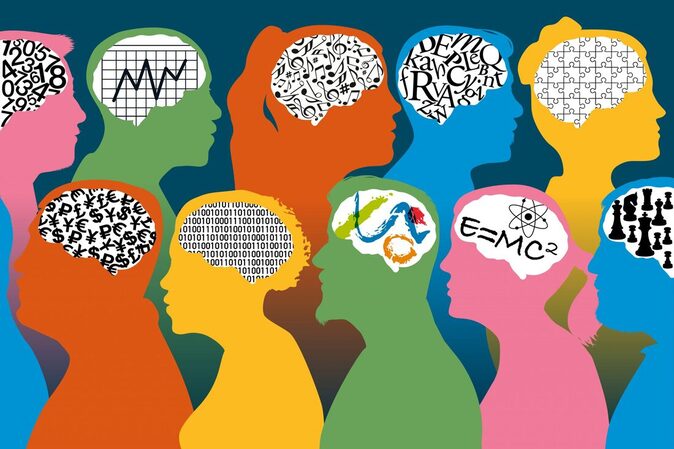|
Neurodiversity is often referred to as “invisible disabilities.” This term umbrellas Autism, Attention Deficit Hyperactivity Disorder (ADHD), Tourette's Syndrome, Dyslexia, and many others. An estimated 15% to 20% of the world’s population falls into this category, however, as we learn more about Neurodiversity this number could grow. We do not treat neurodiversity as it is not a disorder but a neurological classification. We recognize the impact society can have on neurodiverse folx ability to navigate through life. We know that trying to fit into a neurotypical world when your mind doesn’t work that way can add to the problem. It’s important to recognize that these brains work differently and that different way of viewing and navigating the world is vital to our society. In fact, many struggles neurodiverse people experience are either caused by and/ or worsened by societal constructs/norms and systems that favor the Neuro-Majority.
Affirming Therapists We believe in empathy based therapy and see our clients as the competent professionals of "themself" that they are. We let our clients lead the way in exploring what they need out of therapy. Maybe that is focusing on the issues like depression and/or anxiety through a Neurodiverse perspective. Maybe it is working on unmasking, accommodation advocacy, education, burnout, etc. We know that no one knows "you" better than "you". Our Techniques We find it important to note here that ABA is not used in our therapy. Applied behavioral analysis therapy (ABA) started as a way to fit neurodiverse individuals, especially autistic individuals, into the neurotypical world. Many think it’s used to change behaviors that some consider “undesirable” instead of teaching skills. It's designed to ignore the needs of the children being subjected to it. We instead use other approaches such as client-focused, empathy based therapy. Such techniques encouraged a partnership between the therapist and the client. You are the expert on your lived experiences with your brain. You know where you want to go and how you want to change. We want to help you to get there. Unsure if you’re neurodivergent? We can help! If you think some of your problems may stem from being undiagnosed or misdiagnosis, we can provide you with additional information and sources. A good starting point might be our other post: ADHD, Autism, or Both? How to recognize the differences. Resources used: Cherry, Kendra. “How Client-Centered Therapy Works.” Verywell Mind, 13 July 2021, https://www.verywellmind.com/client-centered-therapy-2795999. Lynch, C.L. “Invisible Abuse: Aba and the Things Only Autistic People Can See.” NeuroClastic, 13 Aug. 2021, https://neuroclastic.com/invisible-abuse-aba-and-the-things-only-autistic-people-can-see/. Moeller, Miriam et al. “Neurodiversity Can Be a Workplace Strength, If We Make Room for It.” The Conversation, 8 Sep. 2021, https://theconversation.com/neurodiversity-can-be-a-workplace-strength-if-we-make-room-for-it-164859. "); display: inline-block; height: 24px; width: 24px; transform: rotateZ(-180deg);"> pathologized; "); display: inline-block; height: 24px; width: 24px; transform: rotateZ(-180deg);"> pathologized;
0 Comments
Leave a Reply. |
Archives
June 2024
Categories |
Proudly powered by Weebly
Copyright © 2022


 RSS Feed
RSS Feed